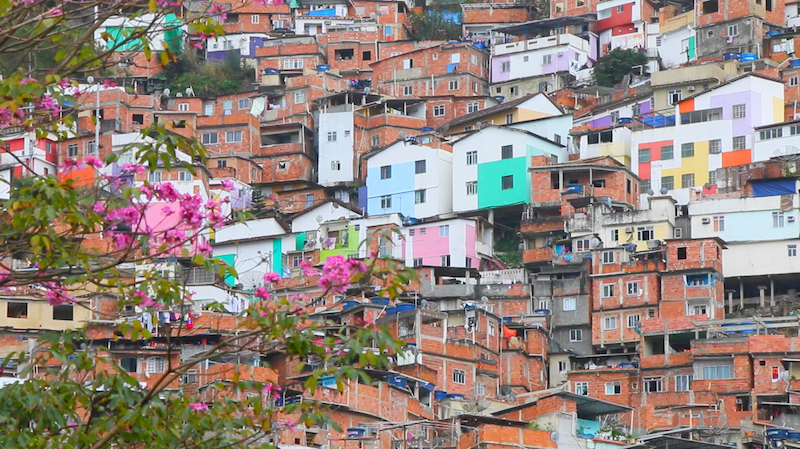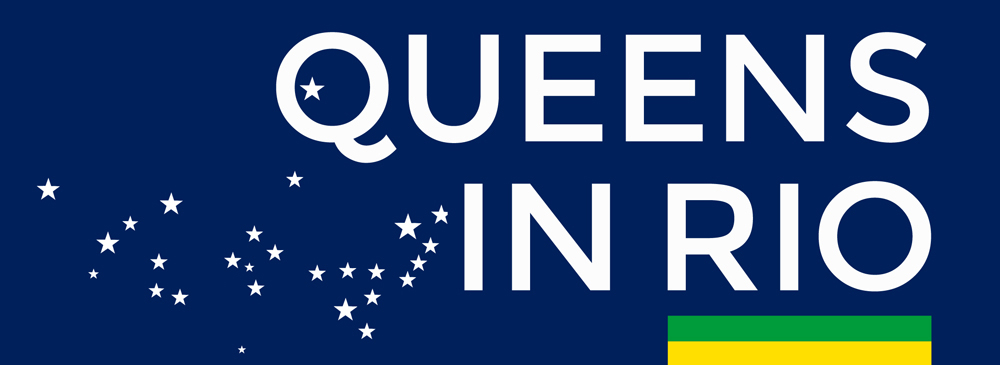When you look up on the mountains of Rio de Janeiro, you see clumps of houses stacked on each other like decks of cards. The houses splash the mountains with colors of pink, green, orange, and purple. From far away, they look like neighborhoods separated from the rest of the city. Why are these neighborhoods isolated? Because they’re favelas.
Favelas are the slums of Rio, usually located up high, often at the end of a traditional-looking streets. The areas are overrun with poverty and often controlled by drug traffickers. The living conditions are humbling, with roofs of corrugated metal, bars on windows, stagnant water, alley staircases made of mud, barefoot children, and lots of dogs. The stigma behind these communities is that all who live there are violent criminals. However, a more subtle truth is that these communities are controlled by powerful traffickers, and inhabited by innocent people who happen to trust crime lords more than the Brazilian government.
As a result, the Australian Olympic Committee has prohibited all athletes from visiting favelas, the Canadian government has recommended against visiting favelas, and the U.S. government prohibits government personnel from visiting favelas classified as “unpacified” and requires U.S. consulate security approval of visits to “pacified” favelas. More about pacification later. National Olympic committees don’t want their athletes to be mugged or murdered.
However, what many don’t realize is that some favelas are just communities made up of people who want the best lives for themselves. One such example is Favela Santa Marta in Rio.
At one time, Favela Santa Marta was the typical favela community, broken by poverty and controlled by traffickers. It was unsafe for those who lived there and for those who wanted to visit. The Brazilian government began pacification efforts in 2006, and sent in police forces to remove traffickers and bring safety and peace to the community. Not all favelas have gone through pacification. Those that have been pacified are safer to visit.
The police force is still present in Favela Santa Marta. “We get disappointed and sad because of government negligence toward the people from the favela,” said Elias Duarte, a guide for Favela Santa Marta who has lived in the community for 35 years. “The government should see people that live in here just like anyone else who pays taxes and are looking for a better life. But government does not do anything to change it or to give better life conditions for these people,” Duarte said on an Aug. 10 tour.
Moving forward, people from outside the favelas actually need to see these communities, and the progress they have made, to help support progress and improvement. “We need the opportunity to be someone and have conditions to improve the environment we live in,” said Duarte. The people have been hidden and need to be visible, Duarte said, and they help define the Rio culture. As citizens of Brazil, they should be recognized as individuals with dreams and as people with the desire to make themselves the best they can be.
The hope of many favela communities was that the Rio 2016 Olympic Games would bring people into the community. The hope was that this would help people financially and help change the negative stigma surrounding favelas. Unfortunately, recommendations by Olympic organizations for people to stay away from favelas have actually hindered progress. Duarte and his community had hoped to see more visitors. The promise of the Olympic Games “left us just dreaming about the people we imagined here, and they are not here.”

Favelas splash the mountains of Rio with colors of pink, green, orange, and purple. From far away, they look like neighborhoods separated from the rest of the city.

